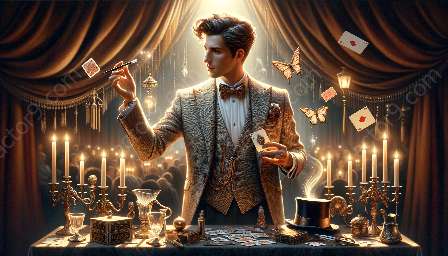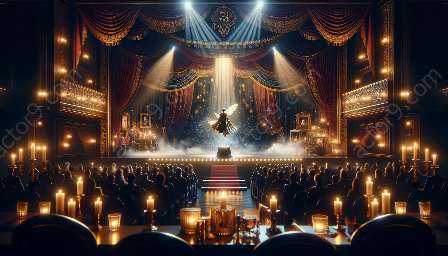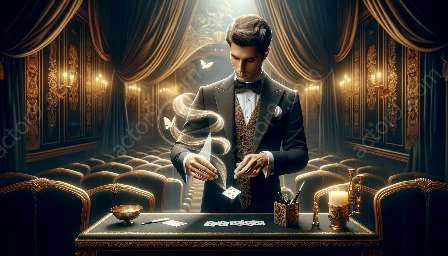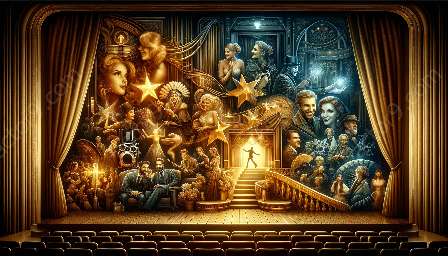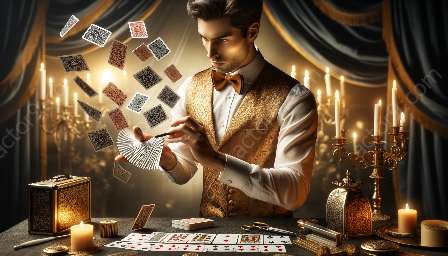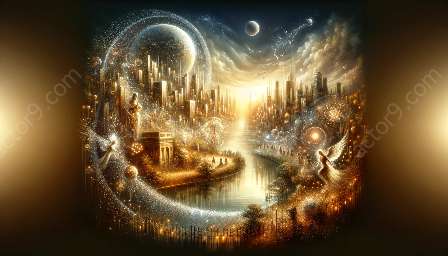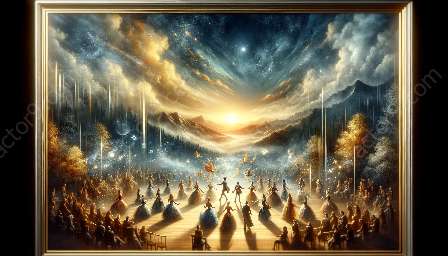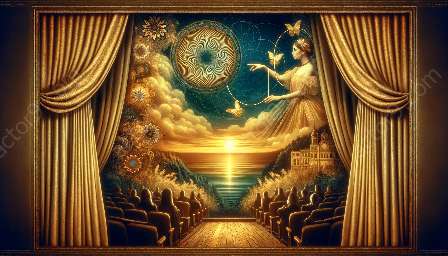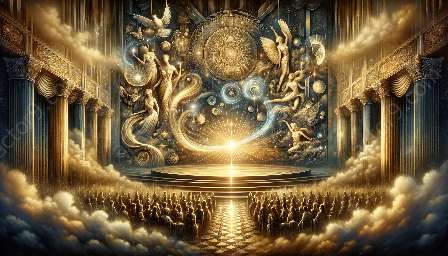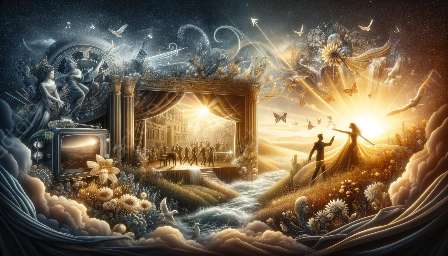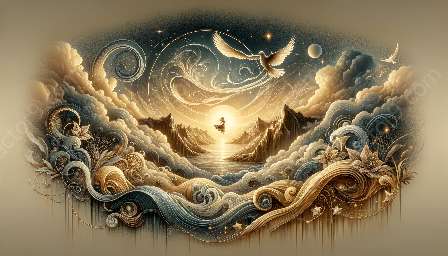Illusions have played a significant role in various forms of entertainment, captivating audiences and evoking emotional responses. Whether it's through magic performances, theatrical productions, or visual art, illusions have the power to elicit wonder, awe, and surprise in viewers. This topic cluster will investigate the ways in which illusions can be used to evoke emotional responses in the audience, with a focus on illusion design and construction as well as its connection to the world of magic and illusion.
Understanding Illusion Design and Construction
Illusion design and construction form the foundation of creating impactful visual and sensory experiences. From the construction of elaborate stage sets to the manipulation of light and shadow, the art of illusion design involves meticulous planning and execution to deceive and mesmerize the audience. By delving into the techniques and principles of illusion design, creators can harness the power of perception to generate emotional responses from the audience.
The Psychology of Illusions and Emotions
The emotional impact of illusions is closely linked to the psychology of perception and cognition. Illusions exploit the brain's inherent tendencies to fill in gaps, make assumptions, and interpret sensory information. Understanding these cognitive processes allows illusionists and creators to design experiences that can evoke a range of emotions, from suspense and excitement to admiration and amazement.
Magic and Illusion: The Art of Captivating Emotions
The world of magic and illusion has long been associated with captivating emotions in spectators. Magicians use a combination of sleight of hand, misdirection, and theatrical performance to create moments of astonishment and delight. Understanding the psychology behind audience reactions enables magicians to design illusions that resonate on an emotional level, leaving a lasting impression on the audience.
Eliciting Emotions Through Visual Illusions
Visual art and optical illusions provide an intriguing avenue for evoking emotional responses in viewers. From ambiguous figures that prompt curiosity to kinetic art that elicits a sense of wonder, visual illusions engage the audience's emotions by challenging their visual perception. Exploring the intersection of art and psychology, creators can leverage visual illusions to spark fascination and contemplation.
Capturing Hearts and Minds: The Impact of Illusions
Illusions hold the potential to captivate, inspire, and move audiences in profound ways. By mastering the art of illusion design and construction and understanding the intricate relationship between illusions and emotions, creators can craft experiences that leave a lasting impression on the audience. Through the seamless integration of psychology, theatricality, and creativity, illusions continue to be a powerful tool for evoking emotional responses and shaping memorable experiences.


